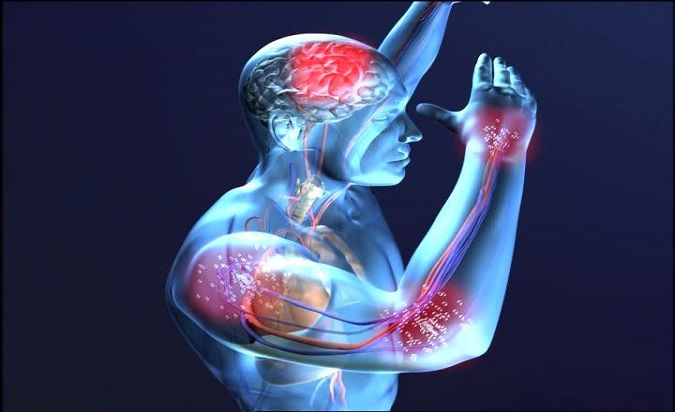General Disease
- Air/ Gas Embolism
- Compartment Syndrome/ Post Fasciotomy
- Acute Anaemia, Exceptional Blood Loss Anameia
- Cyanide Poisoning
- Decompression Sickness
- Addiction and Substance Recovery
- Central retinal artery occlusion
- Conductive Hearing Loss (CHL)/ Sensorineural Hearing Loss (SNHL)
- Crohns’s/ Colitis
- Glaucoma
- AIDS/ HIV
- Meniere’s Disease
- Near Drowning
- Periodontal Disease
- Sports Injury
HBOT For Decompression Sickness
Decompression sickness occurs when there is a sudden change in barometric pressure. It can occur in hikers descending from a high altitude, astronauts returning to Earth, or in tunnel workers who are in an environment of compressed air. But it usually occurs in underwater diving is the largest cause of decompression sickness. When a diver has a sudden decrease in pressure during underwater ascent, nitrogen bubbles can form in the body tissue rather than being exhaled. These nitrogen gas bubbles can cause severe pain, known as "the bends". Different parts of the body can be affected depending where the bubbles are located Decompression sickness symptoms can vary. Some may experience itching, rashes or bubbles under the skin. Other symptoms may be joint pain, sensory disturbances, bladder problems, chest pain, cough and shortness of breath. If a diver has decompression sickness most will show signs within the first 24 hours. Some injuries from decompression sickness require immediate medical attention, while others can wait for treatment. It is always best to plan ahead when chances of decompression sickness can be a factor.
Benefits of HBOT :Hyperbaric oxygen therapy (HBOT) is used to diminish the size of the bubbles, not simply through pressure, but also by using an oxygen gradient. According to Boyle's law, the volume of the bubble becomes smaller as pressure increases. With a change in 1.8 ATA, this is only about 30%. The bubble causing DCS is thought to be composed of nitrogen. When a tissue compartment is at equilibrium and then ascends to a decreased atmospheric pressure, nitrogen seeps out of blood, tissue, or both, causing a bubble. During HBOT, the patient breathes 100% oxygen, creating oxygen-rich, nitrogen-poor blood. This creates a gradient of nitrogen between the blood and the bubble, causing nitrogen to efflux from the bubble into the bloodstream, which, in effect, makes the bubble smaller. Volume of bubbles in tissues and blood is reduced immediately according to Boyle's Gas Law. HBOT diffuses gas out of bubbles. Diffusion improves by decreasing inert gas concentration in the inhaled mixture. Oxygen replacing the inert gas in the bubble is consumed metabolically. It reduces edema, platelet aggregation, and the coagulation cascade occurring at the blood-bubble interface. Blocks white cells from sticking to vessel walls. Corrects hypoxia. Reduces CNS edema and provides a high oxygen gradient for ischemic tissues.

